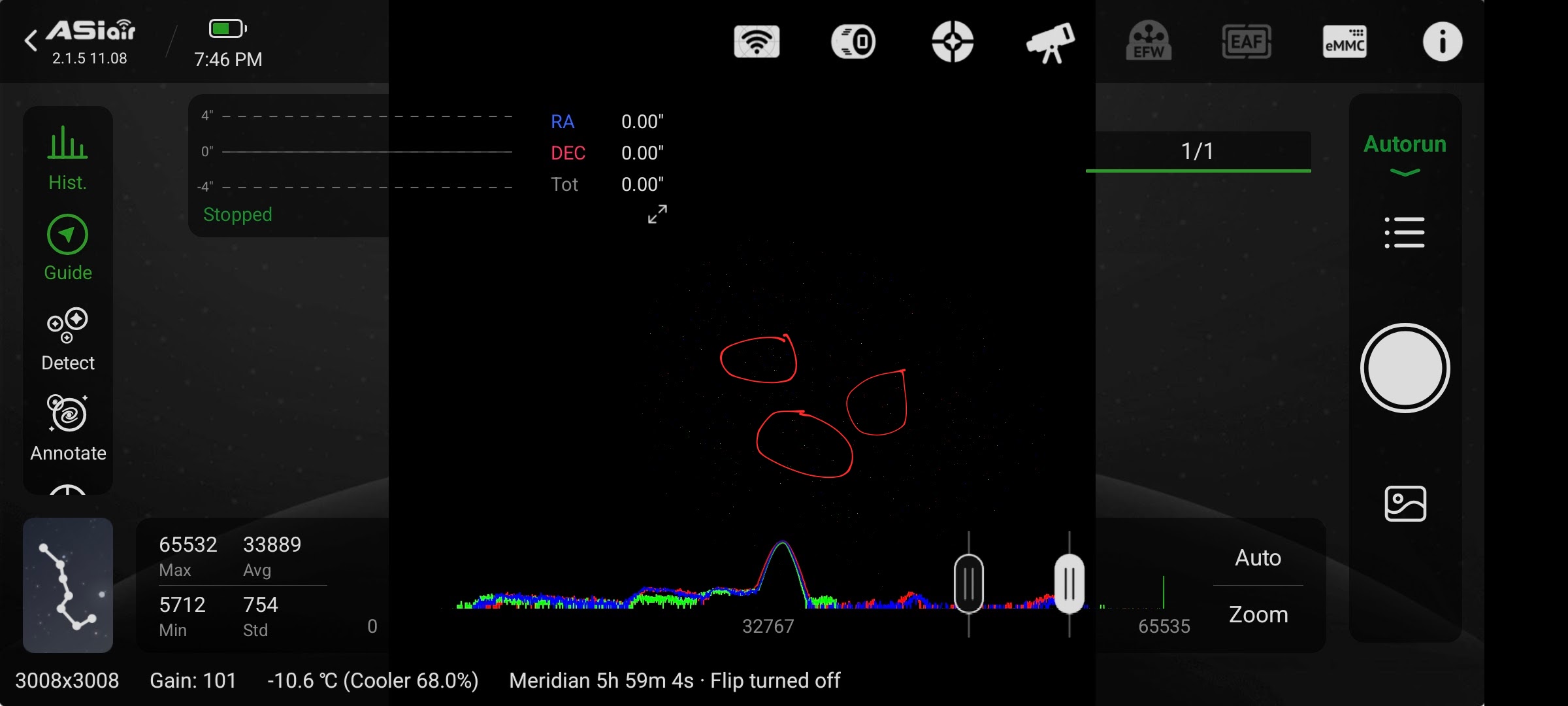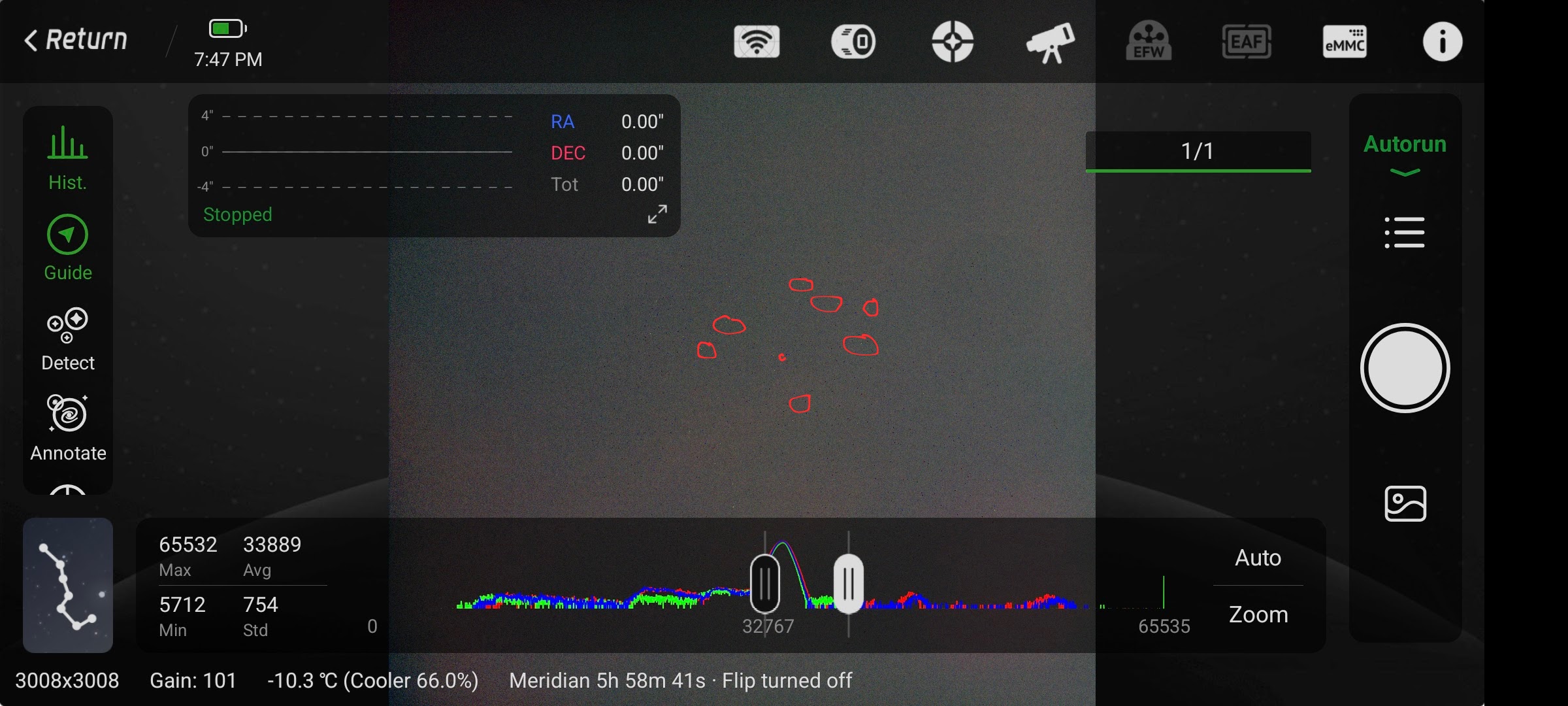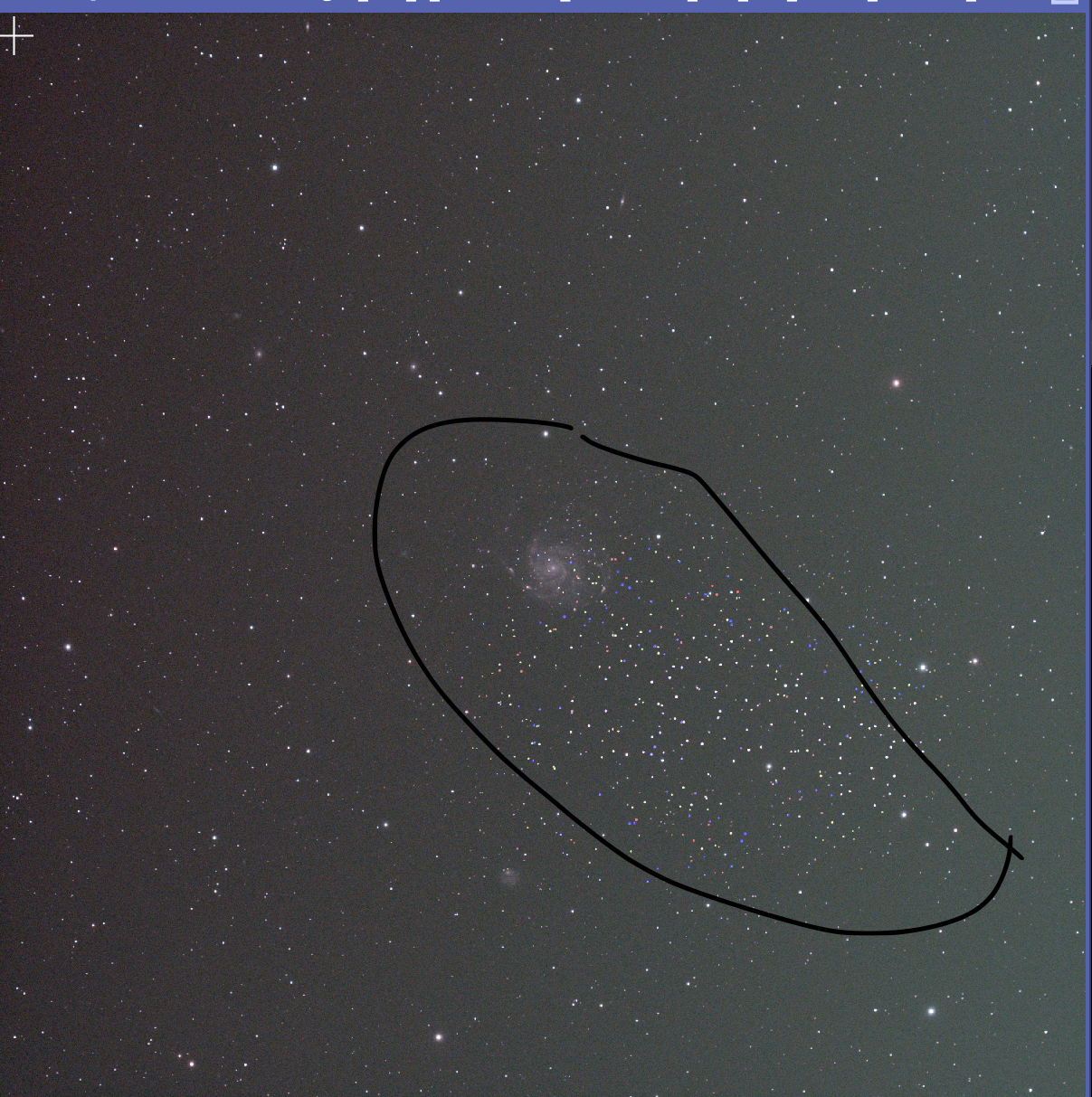I am new to astrophotography. I use ASIAIR for acquisition, I have an ASI533MC Pro. When I go to take flats using the auto exposure setting, the flats always have this pattern, see images here, you may have to zoom in to see, I have tried to point out issue: -




I have tied with an iPad screen and a T-shirt into a soft illuminated white wall, same pattern shows.
After preprocessing I see the pattern come through to the lights. Without the flats the issue goes away

Is this expected? Is this an acquisition problem, or a hardware problem, or a preprocessing problem?
Any help here is greatly appreciated
Thanks




I have tied with an iPad screen and a T-shirt into a soft illuminated white wall, same pattern shows.
After preprocessing I see the pattern come through to the lights. Without the flats the issue goes away

Is this expected? Is this an acquisition problem, or a hardware problem, or a preprocessing problem?
Any help here is greatly appreciated
Thanks